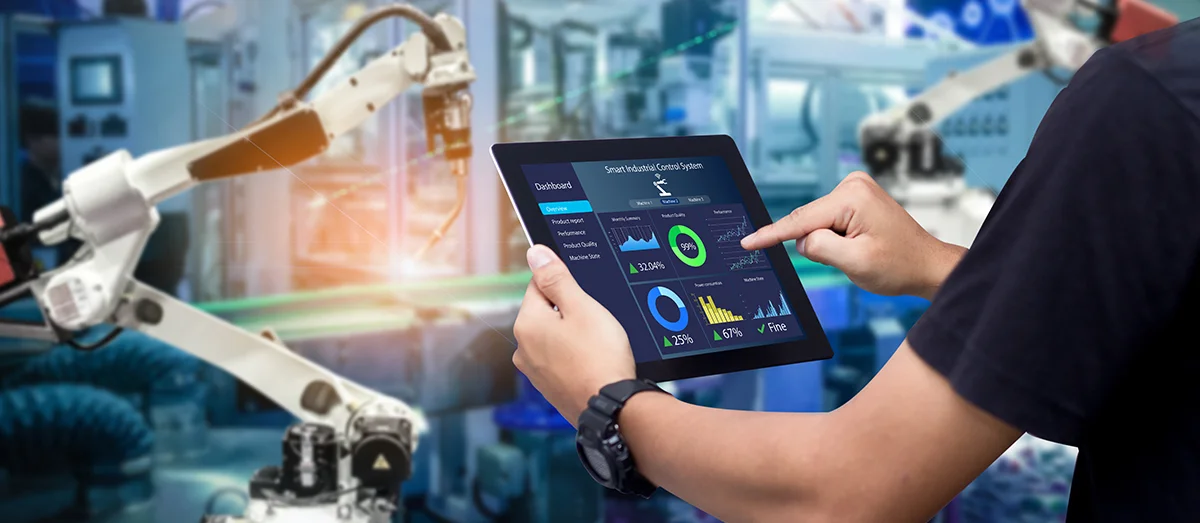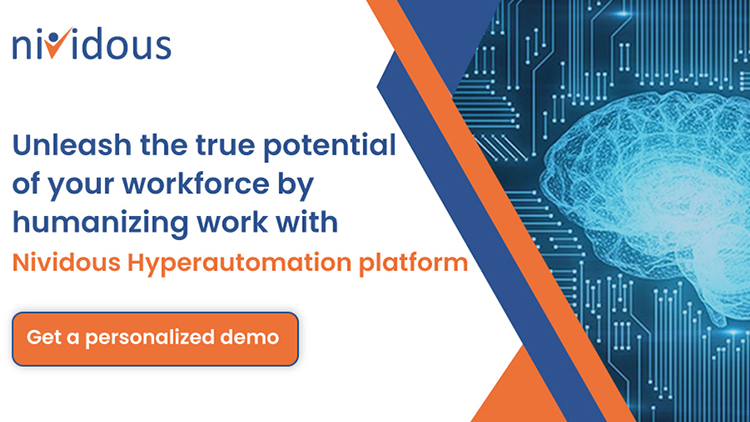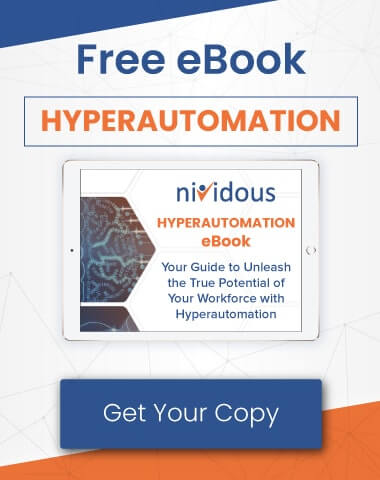Supply chain automation goes way beyond traditional robotics. Certainly, manufacturing, warehousing, and shipping benefit from physical automation technology—robots, automated guided vehicles, automated storage and retrieval systems, and more. But in the U.S., the industry as a whole has yet to automate the end-to-end Supply Chain Management (SCM) processes that create true resiliency. It’s time for that to change.
A full definition of end-to-end supply chain automation must include the use of Intelligent Business Process Management (BPM), Robotic Process Automation (RPA), Machine Learning (ML), Optical Character Recognition (OCR), Deep Learning (DL) and Artificial Intelligence (AI). These technologies handle the rules-based, back-office tasks that are important but, when done manually, limit productivity for supply chain professionals. That includes (but isn’t limited to) automating tasks like procurement, order processing, invoicing, manufacturing, warehousing, WIP/staging, receiving/shipping/delivery, bill-of-lading, and shipment status across multiple software platforms.
Struggling to implement data-driven supply chain management?
Let’s discuss the possibilities about how Nividous Intelligent Automation can help.
Applications For Supply Chain Automation Software
Digital supply chain automation systems extract, transfer, and validate data using AI/ML, connecting disparate data sources and computer systems without costly custom integrations. These capabilities provide crucial support for data-driven management practices such as:
- Inventory planning, including Big Data strategies like Plan For Every Part (PFEP)
- Predictive analytics and simulation modeling, incorporating the vast datasets that result from digital ethnography, CAD | CAE | CAM, SCADAs, DDMRP/ERP, Internet of Things (IoT), edge sensor systems, RFID/RTLS and other tools
- Supply and demand planning, both within the factory and throughout the entire value chain
- Risk event planning and mitigation
- Business Intelligence (BI) storytelling—that is, processing, analyzing, and organizing data to create insight
That’s just a partial list of the management processes that SCM automation technology helps to streamline. For a deeper understanding of the digital side of supply chain automation, however, it might help to look at examples of the processes that can be automated. These include:
- Quality checks and sign-off paperwork for shipping
- Regulatory compliance and record-keeping
- Freight management record handling
- Data transfers between disparate systems, such as migrating information from emails, PDFs, or any other file into an ERP or financial software
- Digitization of all past and current paper supply chain records (e.g., internal, carriers)
- Digitization of international shipping documentation
This last point is a particularly important one. The truth is, supply chains don’t just run on gas and electricity. They also run on paper—a legacy approach that’s hampering efficiency. Physical paperwork slows down every step in the value chain, from inbound raw materials at the plant to last-mile delivery to consumers. And yet those hand-offs—and the associated documentation—aren’t going anywhere.
A full transition to digitization paves the way for intelligent automation (hyperautomation) solutions—and these solutions can also help make the move to paperless supply chains. Smart software bots from Nividous recognize and extract data in any format, validating information as they transfer it between systems. (All of this is made possible by AI technologies like optical character recognition (OCR), Intelligent Document Processing (IDP), and Natural Language Processing (NLP).) As a result, the Nividous hyperautomation platform allows users to integrate any set of systems and automate digital supply chain processes.
CSCOs and supply chain heads of strategy should read this complimentary Gartner report to learn about three-stage approach to reach supply chain autonomy.
One Example Of Digital Automation In Supply Chain Management
A leading manufacturer was relying on four full-time employees to manually transcribe data from invoices into SAP, its chosen Enterprise Resource Planning (ERP) platform. These employees were charged with transcribing hundreds of invoices every month, and especially given that each supplier used a different invoice layout, traditional automation solutions were untenable.
The Nividous platform quickly took over the task, using smart bots with machine learning and computer vision to extract, classify, and verify relevant data from the unstructured digital invoices, then import it into SAP without human intervention. The end user set a Confidence Score—a percentage rating of the system’s evaluated accuracy for each data point. When that score dipped below a certain threshold, the system flagged a human operator for manual review, combining digital automation with targeted human oversight. Automating this process resulted in a 90% reduction in turnaround time, saved more than 1,000 staff hours per month, and completely eliminated human data errors.
This example shows how robotic process automation in supply chain management can help make any operation more competitive. As digital automation spreads throughout the global manufacturing industry, supply chain automation will no longer be an option; it will become necessary for growth.
Ready to see how supply chain automation works on the Nividous platform? Request a free demo, customized for your industry.





![The Path Forward for Intelligent Automation [2024 Trends] Blog Feature](https://nividous.com/wp-content/uploads/2024/05/The-Path-Forward-for-Intelligent-Automation-blog-feature-1.webp)
